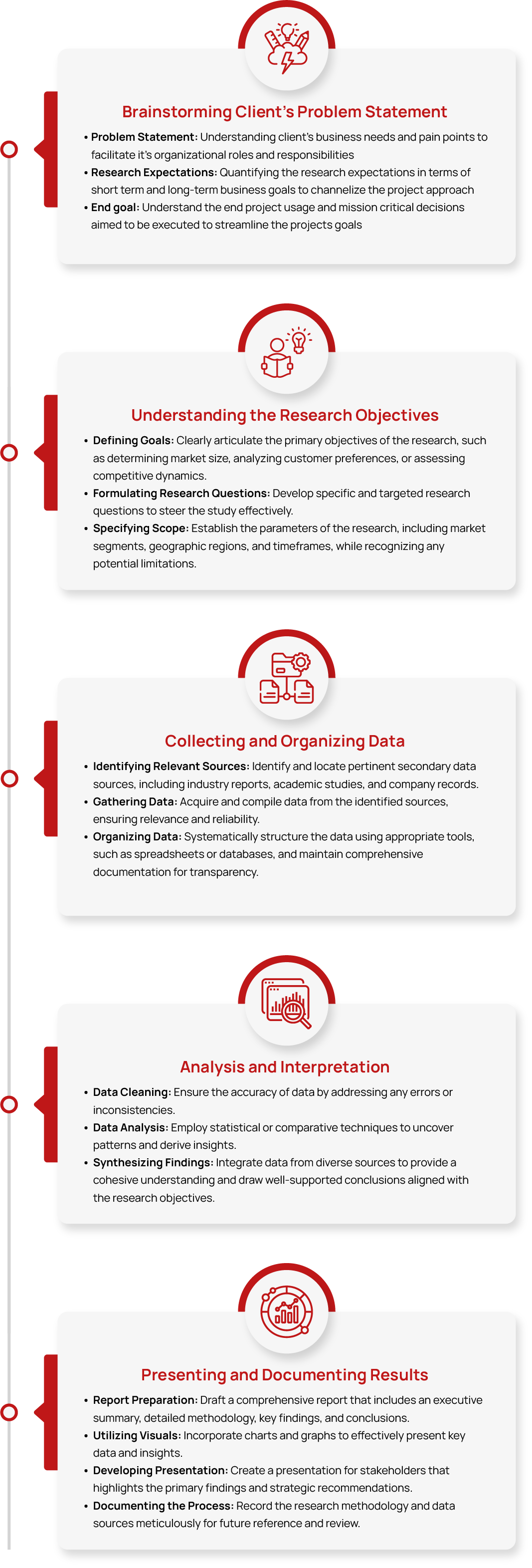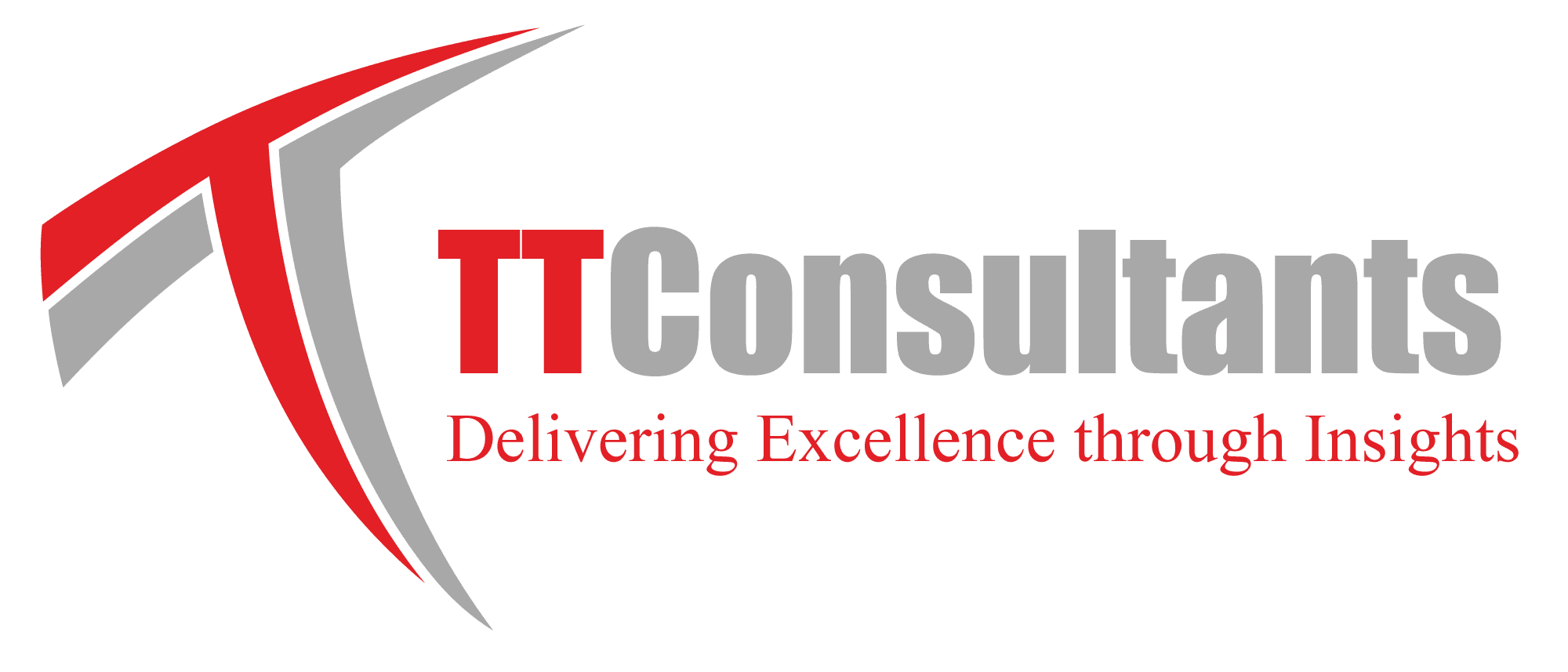Global Wearable AI Market Size, Share, Growth and Trend Analysis Report, 2032
- Summary
- Market Landscape
- Methodology
- Table of Contents
Global Wearable AI Market Size, Share & Growth and Trend Analysis Report, By Product, By Operation, By Application and By Region (Asia Pacific, Europe, North America, Latin America and Middle East & Africa) and Forecasts 2025 – 2032.
Wearable AI refers to artificial intelligence-powered wearable devices that integrate machine learning, real-time data processing, and smart sensors to enhance user experience and decision-making.
The Wearable AI Market was valued at approximately USD XX billion in 2024. It is projected to grow to USD XX billion by 2032, with an estimated compound annual growth rate (CAGR) of around 30% from 2025 to 2032.
Industry Trends
The Wearable AI market is experiencing rapid innovation, by advancements in machine learning, edge computing, and biometric sensing technologies. The integration of wearable AI devices with AI-powered health tracking, real-time analytics, and adaptive personalization is enhancing user experience and optimizing performance across various applications. Manufacturers are increasingly focusing on energy-efficient processors, lightweight materials, and seamless IoT connectivity to improve functionality and user comfort.
Market growth is fueled by rising health consciousness, increasing adoption of smart wearable devices, and expanding applications in healthcare, fitness, and enterprise solutions. Additionally, government regulations promoting health monitoring, cybersecurity enhancements, and AI-driven diagnostics are shaping product development within the broader wearable technology market size. Innovations in neuromorphic computing, brain-computer interfaces, and gesture-based control are further expanding the potential of wearable AI.
However, challenges such as data privacy concerns, high device costs, and battery life limitations persist. Opportunities lie in the expansion of AI-driven diagnostics, enterprise applications, and the development of wearables powered by energy-harvesting technologies, all of which are shaping the future of the Wearable AI industry.
Industry Expert’s Opinion
- Udit Agarwal, Chief Executive Officer, Fujiyama Power Group & Boston Levin
“Looking ahead, Boston Levin anticipates that emerging technologies such as advanced sensors, augmented reality, and enhanced connectivity will have a significant impact on the future of wearable technology.”
- Marius Janta, Senior Project Manager, WT
“What I personally perceive while working within this tech industry are major things, that superior a whole range of products and applications. Better, faster connectivity and changing interfaces. The first allows us to realize much more products and services such as automated driving or AI, which is also true for wearable tech and their ability to do edge computing, i.e. generating, processing and transmitting data. The second regards aspects of how we control and interfere with these devices, from already “old” touch interfaces to voice or gesture control, which enables us to work and communicate in a more efficient way.”
TT Consultants’ Perspective
The Wearable AI Market is rapidly expanding, fueled by advancements in artificial intelligence and growing consumer interest in real-time health and lifestyle insights. Devices like smartwatches, fitness trackers, and AR glasses are evolving to provide personalized recommendations, health monitoring, and seamless integration with other smart devices. As data privacy and battery efficiency become more pressing concerns, companies are innovating to enhance security and optimize power usage.
Key players are investing in R&D, forging partnerships in healthcare and fitness, and adopting new business models like subscription-based services. The focus on user-centric innovations, ecosystem integration, and AI-driven customization is shaping wearable AI into a vital component of the modern digital lifestyle.
Market Segmentation
1. By Product (Smartwatches, Fitness Trackers, AR/VR Headsets, Smart Earwear, Wearable Cameras, Smart Clothing Footwear and Others)
The Wearable AI market is segmented by product type, with Smartwatches holding the largest market share of XX% in 2024 due to their multi-functionality, advanced health tracking, and seamless smartphone integration. The increasing adoption of AI-powered health diagnostics and voice assistants continues to drive growth in this segment. Fitness Trackers remain popular among health-conscious consumers, offering affordable pricing, real-time health monitoring, and AI-driven fitness coaching.
Meanwhile, AR/VR Headsets are expanding rapidly, fueled by AI-powered spatial computing, immersive gaming, and enterprise applications. Smart Earwear is also gaining traction, thanks to real-time language translation, noise cancellation, and biometric sensing. The Smart Clothing & Footwear segment is evolving with AI-powered fabrics and connected footwear, offering posture correction and injury prevention.
2. By Operation (On-device AI and Cloud-based Al)
The Wearable AI market is segmented based on operation type, with On-device AI holding the largest market share of XX% in 2024 due to its low-latency processing, enhanced privacy, and real-time decision-making capabilities. Devices like smartwatches, fitness trackers, and AR/VR headsets are increasingly incorporating edge AI to process data locally, reducing dependence on cloud connectivity and improving user experience. Advancements in AI chipsets, neural processing units (NPUs), and power-efficient AI models are accelerating the adoption of on-device AI, particularly in applications like health monitoring, biometric authentication, and real-time analytics.
In contrast, Cloud-based AI continues to expand as wearable devices leverage remote computing power, big data analytics, and AI-driven insights to enhance functionality. Cloud-based AI enables deep learning models, AI-powered diagnostics, and predictive analytics, which are crucial for applications such as AI-powered virtual assistants, emotion recognition, and advanced health monitoring.
3. By Application (Consumer Electronics, Healthcare, Enterprise & Industrial and Others)
The Wearable AI market is segmented by application, with Consumer Electronics holding a largest share of XX% in 2024 due to the widespread adoption of smartwatches, fitness trackers, smart earwear, and AR/VR headsets. Consumers are increasingly drawn to AI-powered features like real-time health tracking, voice assistants, personalized recommendations, and immersive experiences in gaming and entertainment. The integration of AI-driven speech recognition, biometric authentication, and predictive analytics is further enhancing user engagement and driving growth in this segment.
The Healthcare segment is witnessing rapid expansion as AI-powered wearables play a crucial role in remote patient monitoring, chronic disease management, and early diagnostics. Devices with AI-driven ECG monitoring, blood oxygen tracking, and fall detection are becoming essential tools in preventive healthcare. Meanwhile, the Enterprise & Industrial segment is leveraging wearable AI for enhanced workplace safety, productivity optimization, and augmented reality applications in sectors like manufacturing, logistics, and field services. Smart helmets, AI-driven exoskeletons, and AR-enabled smart glasses are revolutionizing industrial operations.
Competitive Scenario
The global wearable AI market is highly competitive, with key players such as Amazon.com, Inc., Fitbit, Inc., and Garmin Ltd. leading in wearable health and fitness technology, offering AI-powered tracking and insights. Google, Inc. and Huawei Technologies Co. Ltd. are enhancing smartwatches and AR/VR devices with AI features, while IBM focuses on AI-driven wearables for healthcare and enterprise use. Motorola Solutions, Inc. and TomTom International B.V. target industrial and sports markets. Apple, Inc. and Samsung Electronics Co. Ltd. dominate the consumer sector with AI-powered smartwatches and fitness trackers, while Sony Corporation innovates in smart earwear. Companies are investing in R&D, AI chipsets, and emerging technologies to strengthen their market position and user experience.
Strategic Activities
- In February 2025, AI startup OpenAI has filed a patent in the United States, indicating that the company is exploring the development of an array of products. These include smart watches, smart bands, smart jewellery, wearable computers and cameras, and laptop and mobile phone cases.
- In February 2025, Meta plans to release at least six AI-powered wearable devices, marking a significant expansion of its portfolio. These devices will integrate advanced AI features for health monitoring, fitness tracking, and augmented reality experiences.
- In September 2024, Advait Paliwal, an Indian-origin entrepreneur, has introduced Iris, a wearable AI device that captures photos every minute and helps users recall forgotten moments with AI-generated captions. The device also includes a "focus mode" to enhance user attention. Paliwal presented Iris at the MIT Media Lab, receiving strong interest and positive feedback.
- In July 2024, Samsung has unveiled its AI-powered wearable devices, the Galaxy Watch Ultra (USD 650) and the Galaxy Ring (USD 400), designed to help users monitor and manage their health. Both devices feature advanced biometric data analysis, offering personalized health assessments and recommendations.

Please fill out the form to request the ToC and gain access to detailed insights in the report.
Request Table of Contents







